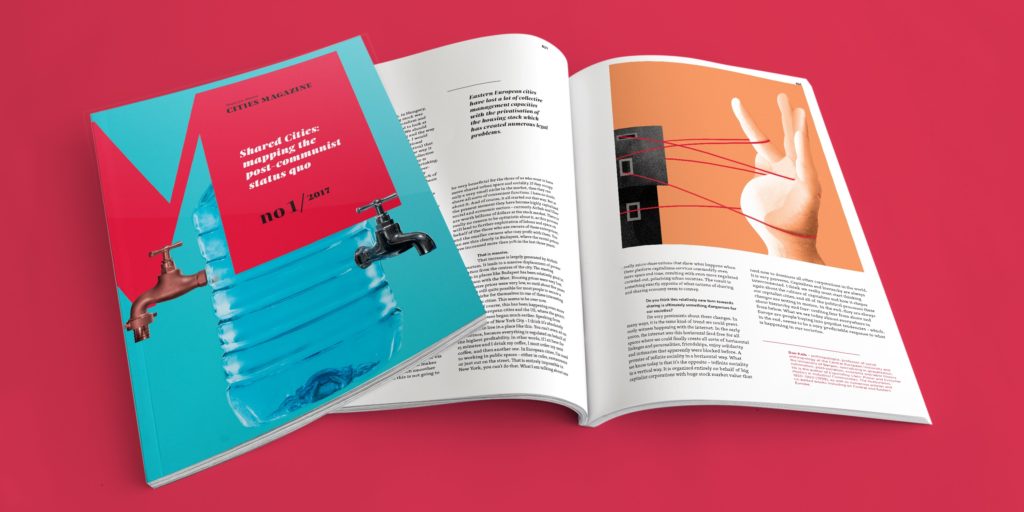
Berlin Now
In Berlin Now, Paul Schneider – a popular German writer (and proud Berliner) – paints a colourful tapestry of a city coalescing into one urban organism after the many years of separation. The fall of the Berlin Wall in 1989 serves as an opening for…
In Berlin Now, Paul Schneider – a popular German writer (and proud Berliner) – paints a colourful tapestry of a city coalescing into one urban organism after the many years of separation. The fall of the Berlin Wall in 1989 serves as an opening for an intricate and richly detailed exploration of the transformations occurring in the German capital in the last twenty-five years. The first chapters describe the difficult process of bringing back together the Eastern and Western parts of the city. Berlin was in a unique position – architects and urban planners were assigned with the challenging task of designing a new city centre. Their main objective: to create a space that would ultimately bring together two parts of the divided society. The contested history of Potsdamer Platz – with the clashing ideas of different architects and heated public discussion on the future role of the landmark site – perhaps best exemplifies the many difficulties connected with constructing a new narrative for Berlin. As a city open for even the most daring experimentations, the modern history of Berlin’s architecture is indeed a fascinating story, explored primarily through case-studies (e.g. Schloss, Berlin Brandenburg Airport). Schneider’s insightful book provides a passionate and well-researched story of this ambitious urban planning project, a must-read for architecture aficionados interested in the history of one of Europe’s most interesting capitals.
At times, Berlin Now also seems like a tender love-letter written to the city. Having lived there since the 1960s, Schneider has been an attentive observant not only of the architectural transformations happening in the newly emerging city but, more importantly, to the growing importance of Berlin as a cultural capital. He traces the early-twentieth century bohemian tradition of street theatres, cabarets, burlesques and variety shows, showing how the city became the home for avant-garde poets, writers and artists. Some of the chapters investigate the city’s famous nightlife – the techno scene, numerous night clubs, and the atmosphere of tolerance for sex (and commercialization of sex life) and sexual minorities. The book skilfully combines cultural history with more recent politics, especially when the author characterizes the problems facing ethnic minorities (e.g. the Turkish and Vietnamese populations), or the post-war heritage and how to remember the crimes of World War II. He is not afraid to address such complex issues as contemporary racism and political correctness, as when he discusses the controversial politics of Heinz Buschkowsky, the Neukölln district mayor. Berlin Now offers many interesting observations on everyday life in the hipster capital of Europe, focusing on the specific nature of Berlin – a city burdened, but not only defined by its tragic history. In the end, Schneider’s part-reportage, part-memoir presents a perfect introduction to the city, highlighting the multitude of secrets still awaiting urban explorers, while at the same time convincingly arguing that today, Berlin is the indeed the most unique and fascinating capital in Europe.
Peter Schneider, Berlin Now: The Rise of the City and the Fall of the Wall, trans. Sophie Schlondorff, Penguin Books, 2014.
This article was published in Magazyn Miasta / Cities Magazine # 1/17 – our special international issue released as a part of Shared Cities: Creative Momentum (SCCM) project. You can read more about the project here. You can download PDF version of the issue for free here.

Main photo: Lear 21 at English Wikipedia

